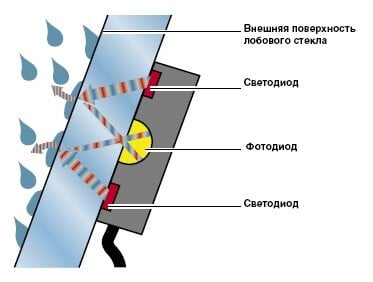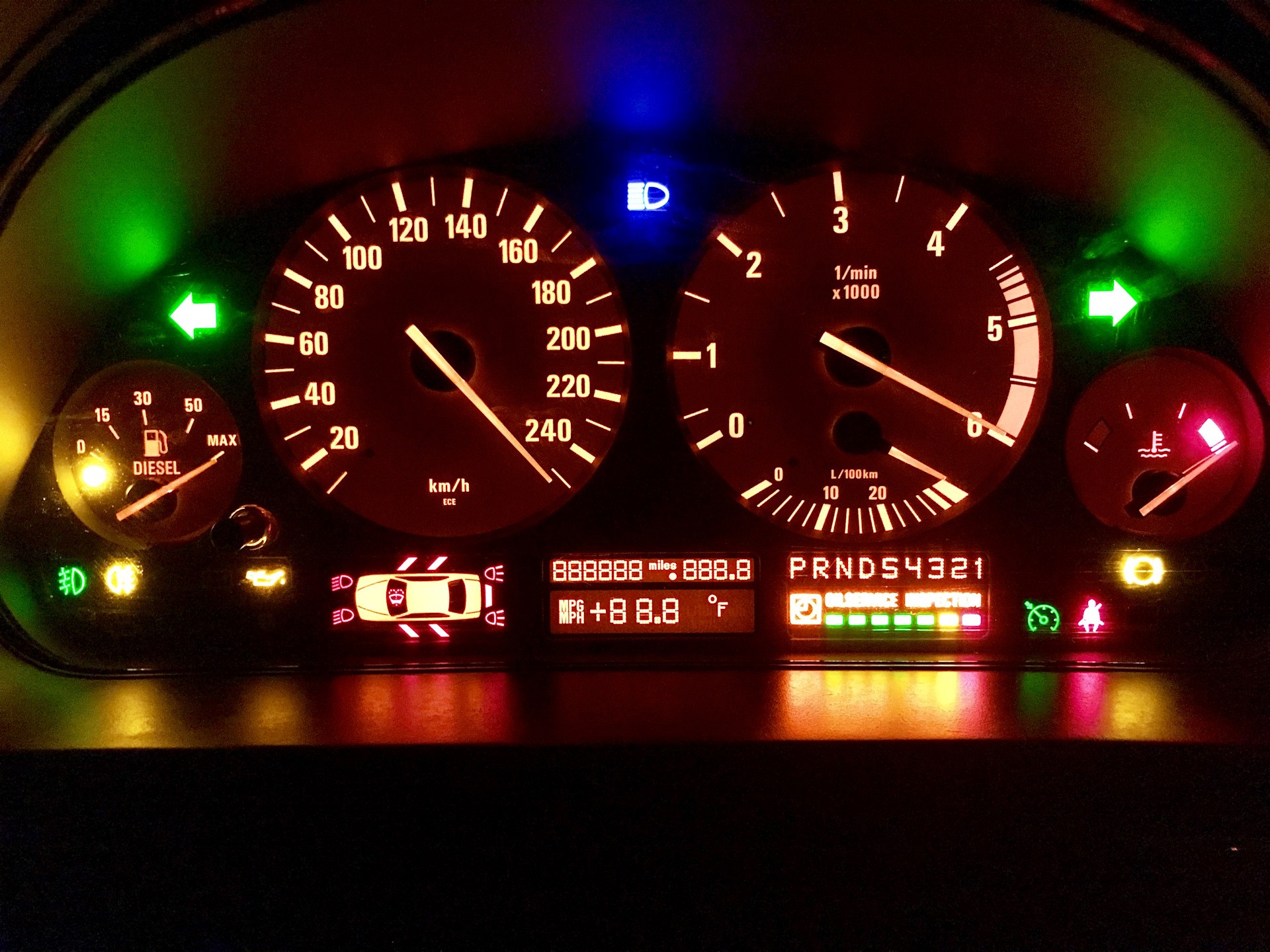
How do rain sensor wipers work?
Decades ago, windshield wipers were only set to low, high, and off. Later, the intermittent wiper function was integrated into many wiper switches, which allowed drivers to reduce the frequency of wiper strokes depending on the intensity of precipitation. The most innovative addition to wiper technology has emerged in recent years in the form of rain-sensing wipers.
The rain-sensing wipers operate when rain or other obstruction hits the windshield. The windshield wipers turn on by themselves, and the frequency of the wipers is adjusted depending on the weather conditions.
So how do rain-sensing wipers actually work?
The sensor is mounted on the windshield, usually near or built into the base of the rearview mirror. Most rain-sensing wiper systems use infrared light that is projected through the windshield at a 45-degree angle. Depending on how much light is returned to the sensor, the wipers turn on or adjust their speed. If there is rain or snow on the windshield, or dirt or other substance, less light returns to the sensor and the wipers turn on by themselves.
The rain-sensing windshield wipers come on faster than you can react, especially in unexpected situations, such as spray on the windshield from a passing vehicle. Your vehicle is still equipped with a manual override, with at least a low, high, and off switch in case the rain-sensing wiper fails.
